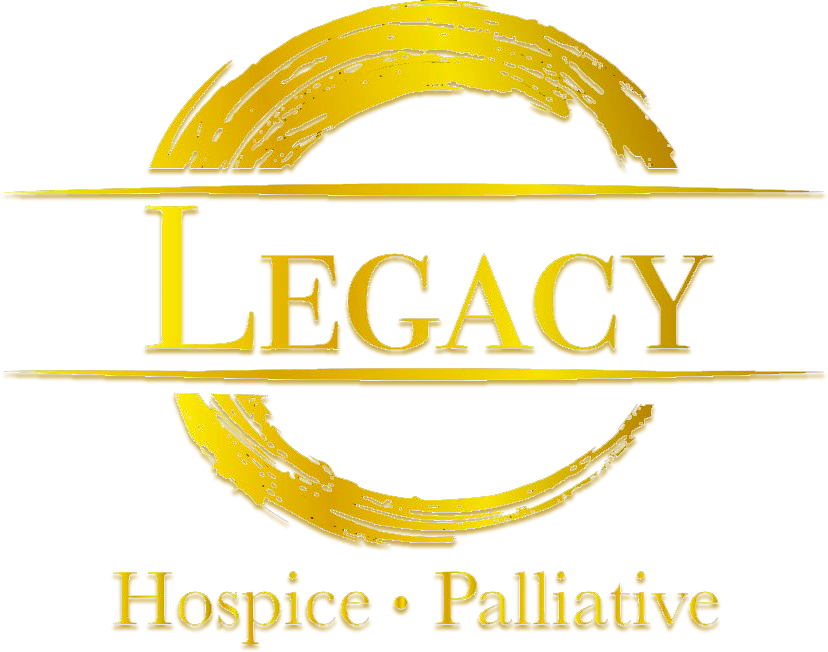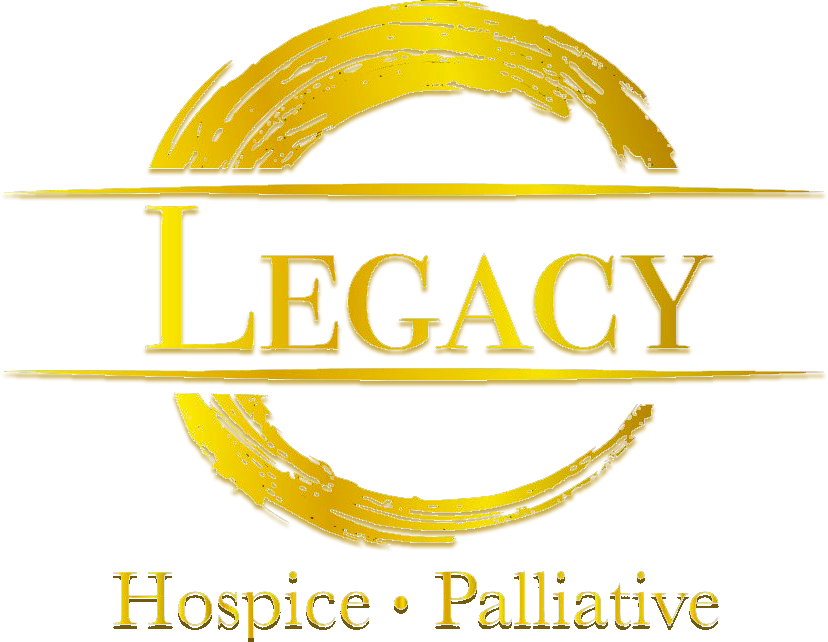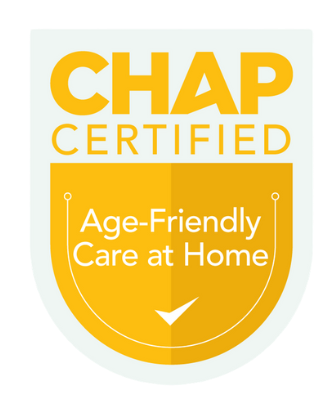Proven Strategies for Chronic and Acute Pain Relief
Pain affects over 20 percent of adults worldwide, manifesting as chronic aches or sudden acute discomfort that disrupts daily life. This guide delivers actionable strategies for pain relief, integrating natural pain relief methods, over-the-counter medications, physical therapy exercises, emerging technologies, holistic lifestyle adjustments, and condition-specific approaches. You’ll discover how yoga, acupuncture, herbal remedies, NSAIDs, acetaminophen, manual therapy, neuromodulation, stress management, sleep optimization, weight control, and tailored plans work together to reduce inflammation, improve mobility, and restore function.
What Are the Most Effective Natural Pain Relief Methods?
Natural pain relief methods combine botanical, mind-body, and physical modalities to reduce discomfort without relying on synthetic drugs. By targeting inflammation, enhancing circulation, and modulating neural signals, these approaches promote long-term recovery and resilience. For example, combining turmeric’s curcumin with heat therapy can decrease joint stiffness and support mobility.
How Does Yoga Help Relieve Chronic and Back Pain?
- Spinal Alignment – Gentle asanas like Cat–Cow improve vertebral flexibility, which relieves back pain.
- Muscle Strengthening – Poses such as Bridge strengthen core muscles, supporting the lumbar spine.
- Neuroregulation – Pranayama breathing reduces sympathetic overactivity and lowers pain perception.
Each posture enhances muscle balance and guides us toward understanding acupuncture’s role in pain management.
What Are the Benefits of Acupuncture for Pain Management?
Acupuncture reduces pain by stimulating specific points to trigger endorphin release and improve microcirculation.
- Needling at Hanmen (BL23) decreases lumbar discomfort through neuromodulation.
- Points like Hegu (LI4) release endogenous opioids, reducing headache intensity.
- Microvascular dilation enhances nutrient delivery to inflamed tissues.
A meta-analysis, which included data from nearly 18,000 patients across high-quality randomized trials, concluded that acupuncture is effective for treating chronic musculoskeletal, headache, and osteoarthritis pain. The study found that the benefits of acupuncture persist over time and cannot be explained solely by placebo effects. ()
This stimulation not only addresses pain pathways but also sets the stage for herbal and oil-based anti-inflammatory remedies.
Which Herbal Remedies and Essential Oils Reduce Pain and Inflammation?
Herbal and essential-oil therapies offer targeted biochemical effects on pain mediators and joint health.
| Remedy | Mechanism | Benefit |
|---|---|---|
| Turmeric (Curcumin) | Inhibits COX-2 enzyme | Reduces inflammatory cytokines |
| Ginger (Gingerol) | Blocks prostaglandins | Alleviates muscle soreness |
| Lavender oil | Modulates GABA receptors | Promotes relaxation and tension relief |
Combining these botanicals with guided imagery further engages the mind-body connection to ease persistent pain.
How Can Mindfulness Meditation and Guided Imagery Reduce Pain?
Mindfulness meditation retrains neural circuits, shifting attention away from nociceptive impulses and reducing stress-driven inflammation. Guided imagery activates parasympathetic pathways, which relax muscle tension and lower cortisol levels. Practicing body-scan meditation for 10 minutes daily builds resilience against chronic discomfort and complements heat and cold therapy by soothing both mind and tissues.
What Role Do Heat and Cold Therapy Play in Pain Relief?
Heat and cold therapy modulate blood flow and nerve conduction velocity to reduce pain signals.
- Heat packs dilate capillaries, improve oxygen delivery, and soften stiff joints.
- Cold packs constrict vessels, slow nerve transmission, and limit swelling.
Alternating hot and cold applications for 15 minutes each optimizes tissue recovery and bridges naturally into pharmacological methods when additional relief is needed.
How Do Over-the-Counter Pain Relievers Work and Which Are Best?
Over-the-counter pain relievers block inflammatory mediators or interrupt pain signals at the spinal cord, providing rapid symptomatic relief. Understanding their mechanisms and safety profiles ensures you choose the optimal medication for headaches, muscle aches, or arthritis flares.
What Are NSAIDs and How Do Ibuprofen and Naproxen Relieve Pain?
Nonsteroidal anti-inflammatory drugs inhibit cyclooxygenase enzymes to reduce prostaglandin synthesis.
- Ibuprofen – Lowers inflammation and fever, offering relief for menstrual cramps and joint pain.
- Naproxen – Provides longer-lasting anti-inflammatory effects, ideal for persistent musculoskeletal discomfort.
Both NSAIDs reduce swelling and pain, paving the way to consider acetaminophen for patients needing gentler options.
When Should You Use Acetaminophen for Pain Relief?
Acetaminophen blocks central pain pathways by inhibiting COX-3 in the brain, making it suitable for headaches and mild arthritis. It carries minimal gastrointestinal risk and is preferred for individuals with NSAID sensitivity or ulcers. Staying within a daily dose of 3,000 mg ensures safety and supports integration with topical treatments for targeted relief.
What Are the Benefits and Risks of Topical Pain Relief Creams and Gels?
Topical analgesics deliver active ingredients directly to inflamed areas, minimizing systemic exposure.
- Capsaicin creams deplete substance P, reducing nerve sensitivity.
- Lidocaine patches block sodium channels to numb localized pain.
Risks include skin irritation and transient burning, but these formulations avoid the gastrointestinal and cardiovascular concerns associated with oral medications.
How to Choose the Right OTC Pain Reliever for Your Condition?
Selecting an OTC pain reliever depends on pain type, duration, and patient risk factors.
- Inflammatory pain – Choose NSAIDs for arthritis or musculoskeletal strains.
- Neurogenic pain – Employ topical lidocaine or capsaicin.
- Fever and headaches – Use acetaminophen for rapid central relief.
Matching medication to symptoms enhances efficacy and reduces adverse effects, leading smoothly into rehabilitative exercise strategies.
How Can Physical Therapy and Rehabilitation Improve Pain and Mobility?
Physical therapy restores function by combining movement retraining with hands-on techniques to improve joint mechanics and muscle coordination. This multimodal approach promotes healing, reduces pain, and enhances daily activity performance.
What Physical Therapy Exercises Are Best for Chronic Pain Relief?
Targeted exercises build strength and flexibility to interrupt pain cycles and support enduring wellness.
- Core stabilization – Pelvic tilts improve lumbar support.
- Hip abduction – Side-lying leg raises strengthen glute medius, alleviating knee pain.
- Thoracic extension – Foam-roller mobilizations reduce neck and upper back stiffness.
Integrating manual therapy further amplifies these gains by addressing soft-tissue restrictions.
How Does Physical Therapy Help Manage Back and Joint Pain?
Physical therapy applies joint mobilizations and soft-tissue release to improve range of motion and circulation. Mobilizing the lumbar facets enhances nerve gliding, while myofascial release reduces trigger-point sensitivity. Improved biomechanics decrease abnormal stress on cartilage and ligaments, preparing patients for advanced interventional options if needed.
What Are the Roles of Manual Therapy and Chiropractic Adjustments?
Manual therapy and chiropractic adjustments realign vertebrae and release fascial adhesions to normalize joint mechanics.
- Spinal manipulations enhance nerve conduction and decrease muscle guarding.
- Soft-tissue mobilization targets adhesions in fascia and muscle, improving blood flow.
These hands-on treatments underpin posture correction and ergonomic modifications for sustained relief.
How Can Posture Correction and Ergonomics Reduce Pain?
Ergonomic adjustments and posture training prevent maladaptive loading that drives chronic pain.
- Seat height optimization – Ensures hips and knees at 90° to reduce lumbar stress.
- Monitor placement – Aligns eyes at top of screen, avoiding neck flexion.
- Frequent breaks – Encourages muscle activation and circulation.
Applying these principles supports regenerative therapies by minimizing new tissue strain.
What Are the Latest Advanced and Emerging Pain Treatments?
Innovative pain treatments harness biological regeneration, neuromodulation devices, and digital technologies to provide targeted relief for refractory conditions.
How Does Regenerative Medicine Use PRP and Stem Cells for Pain Relief?
Regenerative medicine injects platelet-rich plasma or mesenchymal stem cells into damaged tissues to stimulate healing. Growth factors in PRP attract reparative cells, while stem cells differentiate into cartilage or tendon cells, promoting structural repair. This biological approach treats osteoarthritis and tendon injuries at their source and transitions into neuromodulation for symptom control.
A comprehensive review evaluated the clinical efficacy of regenerative therapies, such as platelet-rich plasma (PRP) and mesenchymal stem cells (MSCs), in orthopedic applications. It identified MSC therapy as the most effective intervention for pain reduction, particularly in early-stage osteoarthritis, with PRP showing moderate improvements in acute injuries and tendon repair. ()
What Are Neuromodulation Therapies Like TENS and Spinal Cord Stimulation?
Transcutaneous electrical nerve stimulation (TENS) delivers low-voltage currents to inhibit pain signals at the dorsal horn. Spinal cord stimulation implants electrodes to provide continuous gate control of nociceptive impulses. These technologies improve quality of life for neuropathic and failed-back pain patients and complement interventional procedures for more invasive cases.
How Do Interventional Pain Management Procedures Work?
Interventional procedures use image-guided injections and ablations to target pain generators directly.
- Epidural steroid injections reduce inflammation around nerve roots.
- Radiofrequency ablation thermally deactivates painful nerve fibers.
- Nerve blocks deliver local anesthetics to interrupt pain transmission.
These methods deliver rapid relief, setting the stage for virtual reality and AI-driven therapies for rehabilitation.
What Is the Future of Pain Relief with Virtual Reality and AI Technologies?
Virtual reality immersion distracts from discomfort by engaging cortical pain-modulation pathways, while AI-powered biofeedback adapts treatment in real time. Gamified neurorehabilitation platforms enhance adherence to exercise regimens and expand therapy access through telemedicine. These digital innovations promise personalized, non-pharmacological pain control.
Proven Strategies for Chronic and Acute Pain Relief
Holistic strategies integrate mental, physical, and behavioral interventions to address the full spectrum of factors that influence pain perception and recovery.
What Stress Management Techniques Help Reduce Pain?
Cognitive behavioral therapy restructures maladaptive thoughts, reducing tension that exacerbates pain. Breathwork exercises activate the parasympathetic system to lower cortisol and muscle tightness. Progressive muscle relaxation systematically releases contraction, promoting sustained comfort and resilience.
This systematic review and meta-analysis, encompassing 22 randomized controlled trials, concluded that Cognitive Behavioral Therapy (CBT) is beneficial for patients suffering from chronic low back pain. The study demonstrated that CBT significantly improved pain, disability, fear avoidance, and self-efficacy following intervention. ()
Why Is Sleep Quality Important for Pain Recovery?
Sleep facilitates tissue repair, hormone regulation, and neural plasticity—all essential for pain modulation. Enhancing sleep hygiene through a regular schedule, blue-light avoidance, and temperature control improves pain thresholds and prevents central sensitization, reinforcing benefits from exercise and medications.
How Does Weight Management Influence Pain Levels?
Excess weight increases joint loading and systemic inflammation via adipokine release. Achieving a healthy body mass through balanced nutrition and activity reduces stress on knees, hips, and spine. A Mediterranean-style diet rich in omega-3 fatty acids further dampens inflammatory pathways and supports overall well-being.
What Are the Best Patient Education and Self-Care Practices for Chronic Pain?
Empowering individuals with knowledge of pain neuroscience promotes self-efficacy and adherence to management plans. Teaching pacing strategies, activity modification, and goal setting fosters independence. Tracking pain diaries and monitoring triggers guide personalized adjustments that sustain long-term relief.
What Are the Key Types of Pain and Their Specific Relief Strategies?
Pain classification informs targeted interventions by distinguishing mechanisms, duration, and affected structures.
How Is Chronic Pain Different from Acute Pain and How Is It Managed?
Chronic pain persists beyond normal healing and involves central sensitization, whereas acute pain signals tissue damage.
- Acute strategies focus on short-term analgesia and rest.
- Chronic management requires multimodal approaches—exercise, behavioral therapy, medications, and interventional treatments—to address altered neural processing and maintain function.
What Are Effective Strategies for Back Pain and Sciatica Relief?
Back pain responds to core stabilization, posture correction, and gentle mobilizations. Sciatica benefits from nerve-gliding exercises, epidural injections, and spinal decompression techniques. Combining physical therapy with NSAIDs and mindfulness practices interrupts pain cycles and restores mobility.
How Can Arthritis and Fibromyalgia Pain Be Managed Holistically?
Arthritis pain improves with weight control, anti-inflammatory diet, joint strengthening exercises, and topical NSAID gels. Fibromyalgia benefits from graded aerobic activity, cognitive behavioral interventions, and sleep optimization. These integrative tactics address both peripheral inflammation and central pain amplification.
What Are the Best Treatments for Neuropathic and Musculoskeletal Pain?
Neuropathic pain requires anticonvulsants, antidepressants, TENS, and spinal cord stimulation to modulate aberrant neural firing. Musculoskeletal discomfort responds to manual therapy, targeted strengthening, heat/cold modalities, and regenerative injections. Tailored combinations provide sustained relief across pain types.
What Are Common Questions About Pain Relief and How Are They Answered?
Pain relief involves a spectrum of quick-action remedies, natural alternatives, appropriate medication choices, and personalized management planning. Understanding the fastest home interventions and safe OTC options lays the foundation for developing a comprehensive, individualized pain relief strategy that combines lifestyle, therapeutic, and advanced modalities.
What Is the Fastest Home Remedy for Pain Relief?
Applying cold packs for ten minutes on acute injuries constricts blood vessels and limits swelling, while heat application to chronic stiffness dilates tissues and soothes muscle tension. Gentle stretching immediately follows to maintain range of motion.
How Can I Relieve Pain Naturally Without Medication?
Combining turmeric supplementation with mindfulness meditation and yoga asanas addresses inflammation, stress, and musculoskeletal imbalance simultaneously. Guided imagery sessions enhance parasympathetic tone to reduce pain perception.
What Are the Best Over-the-Counter Pain Medications?
Ibuprofen and naproxen provide robust anti-inflammatory effects for arthritis and muscle aches, while acetaminophen offers central analgesia for headaches and mild pain. Topical capsaicin and lidocaine deliver targeted relief with minimal systemic impact.
How Can I Create a Personalized Pain Management Plan?
Begin by identifying pain patterns and triggers through a pain diary. Then integrate a multimodal regimen: select natural methods for baseline control, add OTC or prescription medications as needed, schedule physical therapy or interventional treatments, and reinforce lifestyle modifications for resilience. Collaborate with healthcare providers to adjust strategies over time.
Chronic and acute pain demand a tailored, multimodal response that combines natural therapies, medications, movement, and emerging innovations. By integrating botanical anti-inflammatories, OTC analgesics, rehabilitative exercises, neuromodulation, stress reduction, and healthy lifestyle habits, individuals can restore function, reduce reliance on drugs, and achieve lasting comfort. Building awareness of pain types and matching evidence-based strategies transforms pain relief from temporary respite into sustainable wellness.






